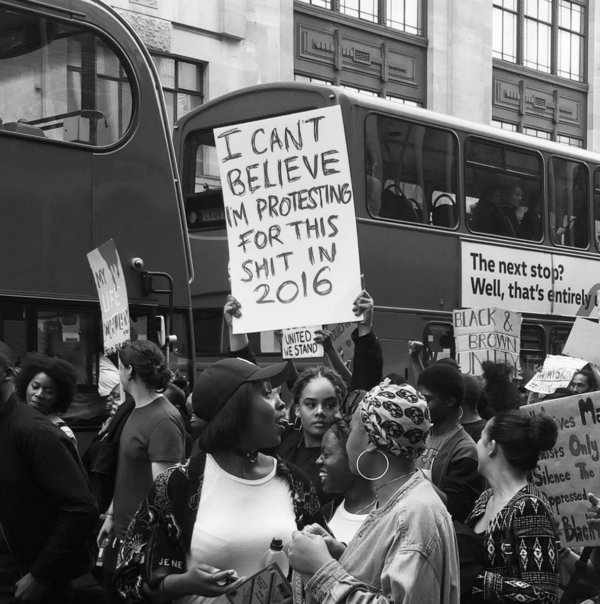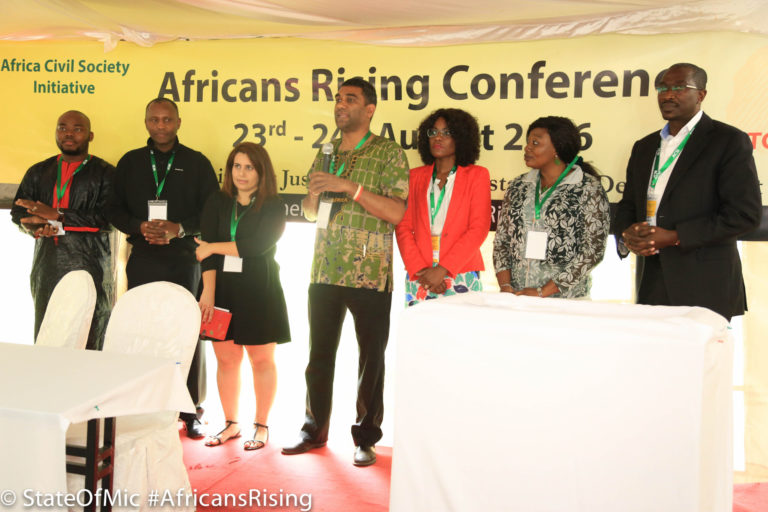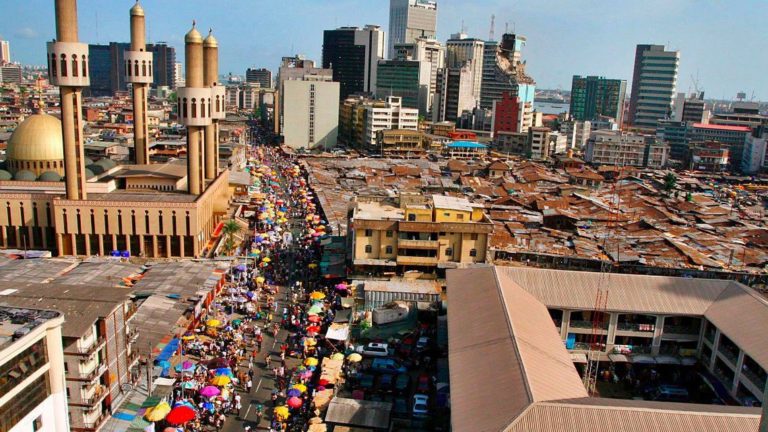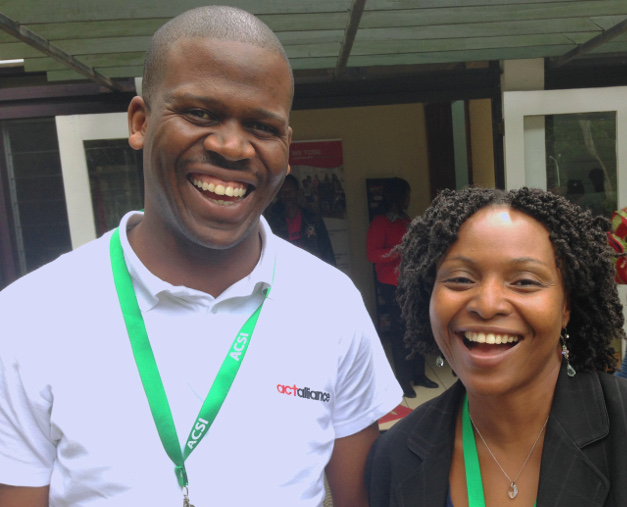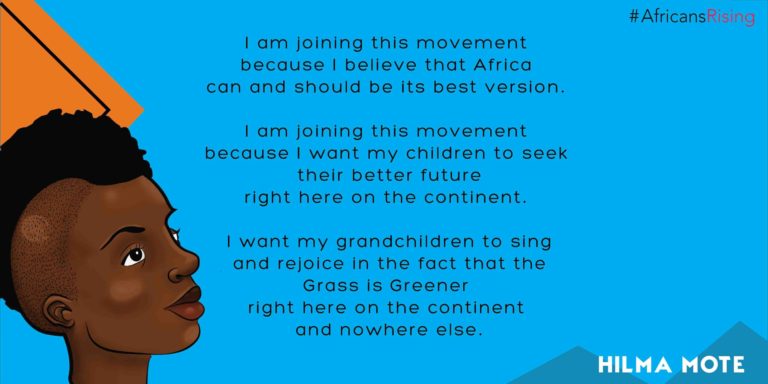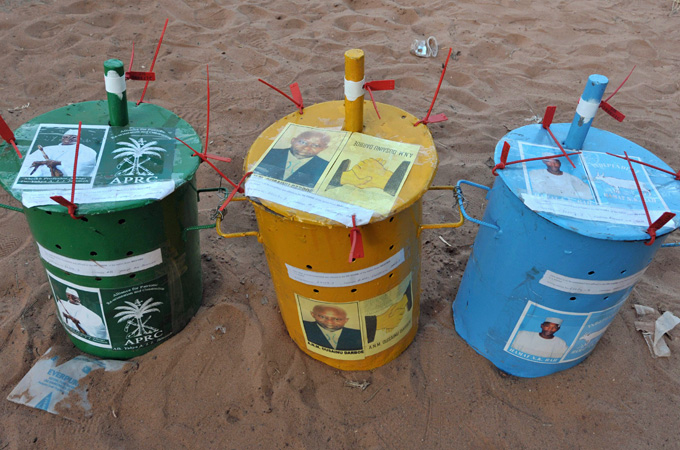 The ongoing civil war in South Sudan offers important lessons about effective and ineffective ways to produce a change in Africa. The conflict that caused the separation between Sudan and South Sudan is one that traces its roots to the European and Arabic conquests of Sudan. Sudan’s name is itself a reflection of these foreign conquests because the name Sudan comes from the Arabic phrase “bilad al-sudan,” which means “land of the blacks” in Arabic. Africans in the Sudan put up fierce resistance against the Islamic invasions, but over time those in the north adopted the Arabic religion and culture of the invaders. The southern portion of Sudan continued to practice their traditional religious beliefs, as well as Christianity. British colonial rule helped to further entrench the ethnic and cultural differences between those in the north and those in the south so that by the time Sudan became independent there was a clear distinction between the “Arab” north and the “Black African” south.
The ongoing civil war in South Sudan offers important lessons about effective and ineffective ways to produce a change in Africa. The conflict that caused the separation between Sudan and South Sudan is one that traces its roots to the European and Arabic conquests of Sudan. Sudan’s name is itself a reflection of these foreign conquests because the name Sudan comes from the Arabic phrase “bilad al-sudan,” which means “land of the blacks” in Arabic. Africans in the Sudan put up fierce resistance against the Islamic invasions, but over time those in the north adopted the Arabic religion and culture of the invaders. The southern portion of Sudan continued to practice their traditional religious beliefs, as well as Christianity. British colonial rule helped to further entrench the ethnic and cultural differences between those in the north and those in the south so that by the time Sudan became independent there was a clear distinction between the “Arab” north and the “Black African” south.
During the colonial period, the British developed the north and south very differently. The north received more attention from the British administration,  whereas the south was neglected. Darfur, which is located in the north, was also neglected by the British administration. The result of this was that the people of Darfur were excluded from the Arabic ruling class in the north after Sudan became independent. When Sudan became independent the nation was dominated primarily by the Arabised elite in the north. The northern elites had marginalised those in the south and had even tried to impose their Arab identity on the rest of the nation. This led to two separate civil wars between the northern government and rebels in the south. The second of these civil wars resulted in South Sudan becoming a separate nation of its own. There was also a civil war between Darfur and the Sudanese government as well, which has resulted in genocide and widespread rape in Darfur.
whereas the south was neglected. Darfur, which is located in the north, was also neglected by the British administration. The result of this was that the people of Darfur were excluded from the Arabic ruling class in the north after Sudan became independent. When Sudan became independent the nation was dominated primarily by the Arabised elite in the north. The northern elites had marginalised those in the south and had even tried to impose their Arab identity on the rest of the nation. This led to two separate civil wars between the northern government and rebels in the south. The second of these civil wars resulted in South Sudan becoming a separate nation of its own. There was also a civil war between Darfur and the Sudanese government as well, which has resulted in genocide and widespread rape in Darfur.
There are many examples of opposition groups in Africa that have turned to armed rebellion to oppose oppressive governments. The problem with this form of resistance is that these rebel groups often behave just as badly as the governments that they oppose.

The rebels in the South were no different. The Sudan People’s Liberation Army (SPLA), which was led by John Garang from the beginning of the war in 1983 until his death in 2005, was the largest and most powerful of the southern rebel groups that fought against the Sudanese government. Under Garang the SPLA became a very autocratic military organisation and one which frequently targeted civilians. Dr. Peter Nyaba, who was a former military officer with the SPLA, stated,
“The SPLA training camps themselves resembled concentration camps in which the recruits and prospective SPLA soldiers are brutalised, dehumanised and de-revolutionised. It was here that the SPLA officers and men internalised oppression and brutality. Once they were deployed at the war front, their first victims became civilians, whom they now terrorised, brutalised, raped, murdered and dehumanised.”
Any group that feels it is necessary to take up arms to end oppression has to be cautious about the potential of becoming as brutal as or even more brutal than the oppressive forces that they are fighting against. They also have to be cautious of the fact that violence is not something that can be easily turned off like a switch. Armed conflicts can create a pervasive cycle of violence, which is precisely what we are seeing right now in South Sudan.
The main victims of South Sudan’s civil war are civilians, who have endured being tortured, raped, and murdered by armed combatants. Since the civil war began in 2013, an estimated 300,000 people have been killed. Millions more have been displaced.
 The atrocities being inflicted on civilians during South Sudan’s civil war is a continuation of the violence that was being carried out by the SPLA and other southern rebel groups during the war against the Sudanese government.
The atrocities being inflicted on civilians during South Sudan’s civil war is a continuation of the violence that was being carried out by the SPLA and other southern rebel groups during the war against the Sudanese government.
The other issue with such intense violence is that it creates divisions, especially in countries that are as ethnically diverse as South Sudan. Garang envisioned a “New Sudan” in which the Sudanese national identity transcended tribal and religious affiliations, but Garang was himself guilty of fostering tribalism within his own organisation. Garang was from the Dinka people and his faction of the SPLA was dominated primarily by people from his own ethnic group. In 1991, a splinter faction emerged within the SPLA. The new group, the SPLA-Nasir, not only took issue with Garang’s dictatorial leadership methods, but they also espoused secession from Sudan rather than Garang’s vision of building a new Sudan. Garang’s SPLA was supported by the Dinka people, whereas the SPLA-Nasir enjoyed the support of other ethnic groups, especially the Nuer. Another organisation that was formed in 1991 was the Nuer White Army. The Nuer White Army and SPLA-Nasir were responsible for massacring 2,000 Dinka civilians in 1991.
Not only was there a civil war between the government in the north and rebel groups in the south, but there was also a civil war between the southern rebel groups. The conflict among the southern rebels did not simply vanish when South Sudan became independent from Sudan. Salva Kiir, who is the current president of South Sudan, became the leader of the SPLA after Garang died. Riek Machar, who is the former vice president of South Sudan and the main rebel leader, was a former member of SPLA-Nasir. The same political and ethnic divisions that arose in the south during the Second Sudanese Civil War were never resolved and the failure to resolve these issues is the reason why South Sudan has been plunged into a civil war.
South Sudan also provides an example of why secession alone is not a solution. Secession seemed to offer an easy solution to the south’s problem, but it failed to solve the problems that were really at the root of the crisis in Sudan. As flawed as his some of his methods were, Garang’s vision for a unified Sudan was the correct vision for resolving the crisis. He envisioned a national Sudanese identity that transcended tribalism. The issue in Sudan was not that the “Black African” south needed to be liberated from the “Arab” north. Those distinctions were the product of European and Arab imperialism in Sudan. The issue was the lasting impact of foreign imperialism in Sudan and the only way to correct this issue is to create a new national identity. Garang’s vision is even more relevant now given that the role that tribalism has played in South Sudan’s civil war.
The other problem is the issue of governance. The rebels in the south were fighting against a theocratic dictatorship in the north which was led by Omar al-Bashir, who has ruled the Sudan since he came to power in a military coup in 1989. Rather than building a democratic and decentralised resistance movement, the SPLA was a dictatorial organisation. Southerners hoped that Salva Kiir would be less dictatorial than his predecessor, but that has not been the case. Kiir engaged in repressive tactics to maintain his tight grip on power, which has included openly threatening journalists and sacking public officials who have been critical of him. Despite the fact that government forces have committed a number of atrocities during the civil war Kiir insists that he is not at fault.
Using extreme violence against the opposition and exploiting ethnic division are two of the main tactics that African dictators have used to maintain themselves in power. These are tactics that Omar al-Bashir has certainly used to maintain his rule on Sudan. The tragic civil war in South Sudan only demonstrates that you cannot effectively combat a dictator by using the same tactics which that dictator uses. The rebels in Sudan tried this and the people of South Sudan are suffering the consequences because of it.

